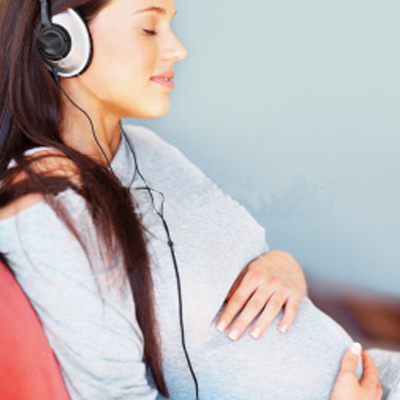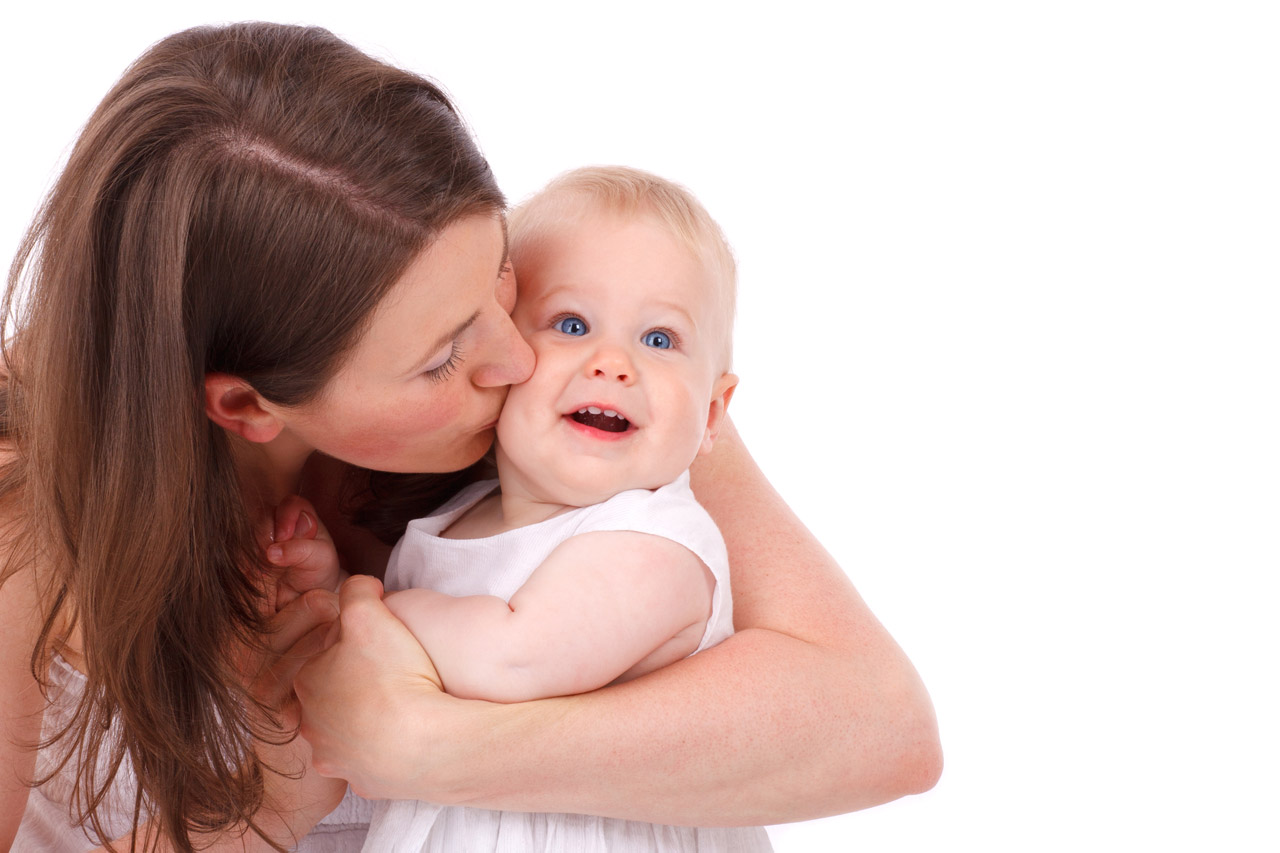The Fourth Trimester - Why Newborns Hate Being Put Down
“Why will my baby only sleep in my arms, what am I doing wrong?” A question so frequently asked by exhausted new parents. The first three months of parenting are often the hardest. A quarter of all babies in this age group are diagnosed as suffering from colic, a diagnosis given when doctors don’t know why a baby is so unhappy and parents are unable to stop their tears. There is hope though, understanding the enormous transition that babies make from ‘womb to world’, a concept commonly referred to as ‘The Fourth Trimester’, can prove ground-breaking for sleep deprived new parents. When babies are born they are incredibly ill prepared for life outside of the uterus. There are theories that due to our large head size human babies are born prematurely development wise, else they would be too large to be born naturally. While this is good news for mothers, it’s not such good news for the babies who could really do with another three months gestation. Understanding this and treating newborns as if they were still ‘in utero’ for their first three months of life can make life much easier for new families. Inside a uterus it is incredibly dark and the baby is in warm water, permanently heated to 37 degrees centigrade, they have never been in air before, let alone much colder temperatures. In addition all of the baby’s surroundings are soft and they are naked, they have never had to wear a nappy or be placed in a cold crib. When the mother is pregnant the baby is in constant physical contact with her, after the birth the baby instantly spends most of his day and night alone. In utero there is constant muffled noise from the mother’s heartbeat and digestive system. After birth the baby has to get used to lots of different sounds. During pregnancy the baby spends a lot of the time curled tightly upside down, in a position ready for birth, after birth they spend most of their time flat on their back. Due to their aquatic environment smell is almost impossible but after birth, once they live in air, babies are exposed to hundreds of new scents per day. Lastly, before birth babies have never been hungry or thirsty, those sensations are entirely new to them once they are born. The change from uterus to ‘earth side’ is so huge it’s no wonder that they cry so much!
It is fairly easy to replicate the baby’s ‘womb world’ post birth with the following tips, which can have a dramatic effect on crying and baby sleep. 1.Movement Practice contractions, Braxton Hicks, squeeze babies rhythmically at the end of pregnancy and every time a pregnant mother moves the baby wobbles around inside. Post birth babies love movement, but so often they are put down somewhere completely still. Try dancing, swaying from side to side or going for an exaggerated quick walk or bumpy car ride. 2.Noise Babies love sound, but for many not the sound you might think. For many a vacuum cleaner or hair-dryer is much more calming than a lullaby. Playing white noise can help to calm babies and help them to sleep for longer. 3.Position Holding a baby in a more natural position, belly down, such as the ‘tiger in the tree’ position, from baby yoga, is often magical, stopping a crying baby in an instant. 4.Feed If babies are hungry nothing will calm them. Feeding is always better if it is baby led, not led by a routine. Babies may not always be hungry for a full feed, they may want a quick drink or just some comfort sucking. This sucking is important as it helps the baby’s skull bones to return to their normal position after birth. It also helps to establish milk supply in breastfeeding mothers. 5.Deep Bathing Sometimes a deep, warm bath can stop a baby’s tears in seconds. This is even better if the mum or dad goes in the big bath with the baby too, as skin to skin contact is a wonderful baby calmer due to the stimulation and release of the happy hormone oxytocin in both parent and baby. 6.Swaddling Swaddling a baby can help to replicate the snug feeling they experienced in the womb, although the fabric should not be tight over the baby’s hips and parents should stop swaddling by the time the baby can roll for safety reasons. Be careful not to miss your baby’s hunger cues however and make sure you get lots of skin to skin contact too. 7.Babywearing Carrying babies in a sling or carrier is a great way to keep them calm and happy. Research has shown that babies who are carried regularly cry significantly less than those who are not. From the parent’s perspective babywearing also means they have two free hands to be able to eat, go to the toilet or prepare food. Empathising with the experience of a newborn baby can give great insight into ways to help them. Interestingly most of the methods that are advocated in the fourth trimester are ones that parents will often do instinctively. In many cases however parents have been warned to not ‘spoil’ their baby or ‘make a rod for their own back’ by holding them too much. The simple fact is that it is impossible to spoil a baby or hold them too much! If your baby settles in your arms and you are happy to have them then hold them as long as you want! Retrieved From: http://goo.gl/JrG27K
|
|












